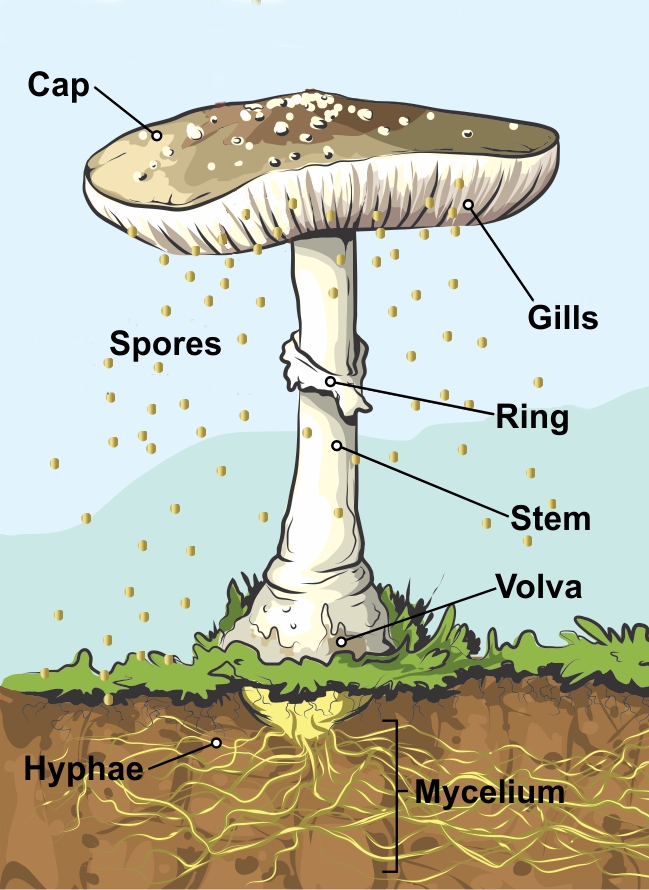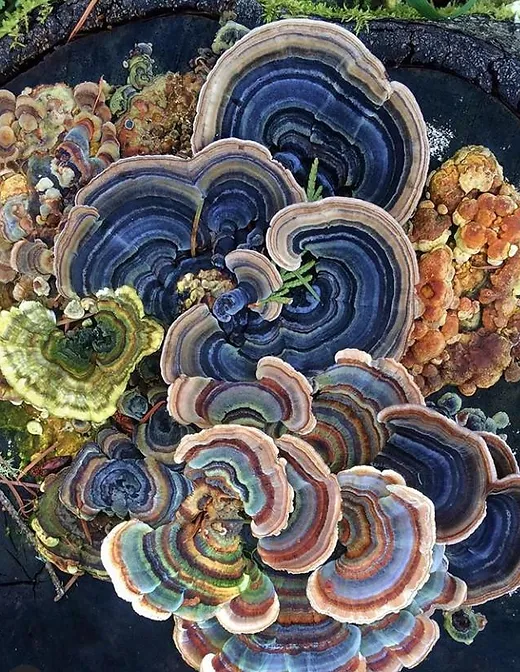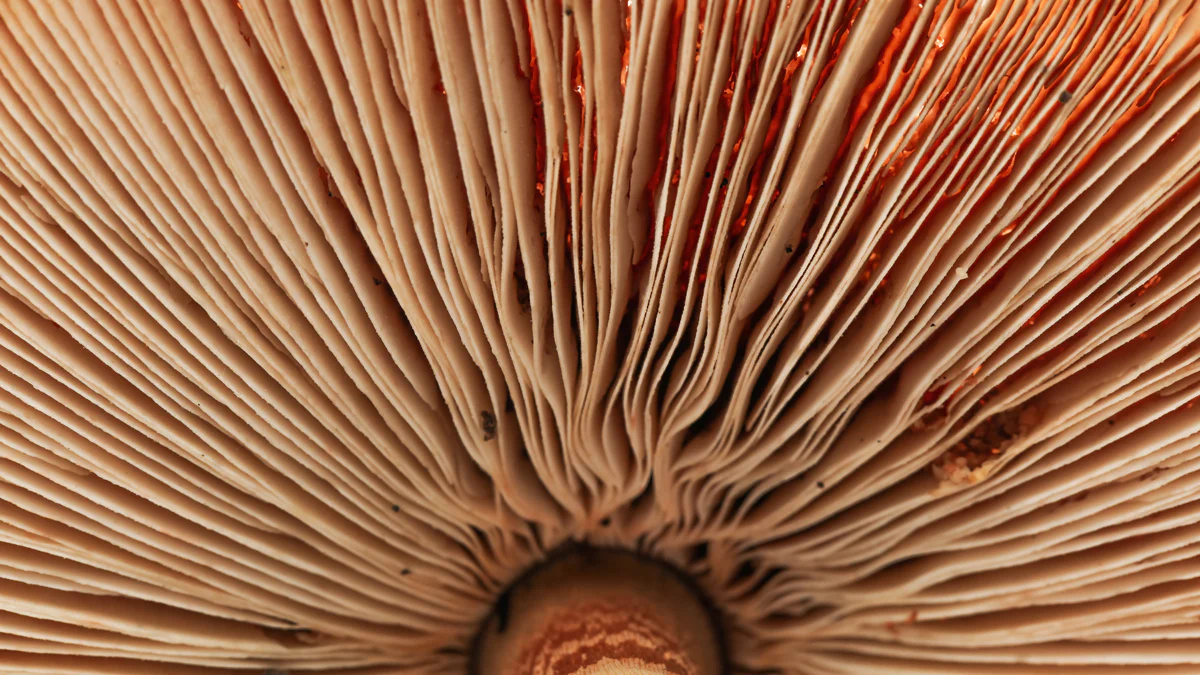Deciphering Mushroom Extract Products and Their Marketing Strategies
I started down the path of learning about functional mushrooms over a year ago when a brand approached our team to create mushroom-infused products. I have only scratched the surface and there are numerous, much more highly qualified researchers and public figures that release new information for consumers to digest. That being said, I feel confident in helping consumers know what to look for in mushroom supplements. My goal is to help you spot the difference between a high-quality supplement with bioactive compounds that can improve your daily life through consistent use and a supplement that is simply trying to capitalize on mushrooms to rank high in Amazon searches.
The mushroom extract supplement market has exploded in recent years, with products touting benefits ranging from immune support and cognitive enhancement to stress relief and overall vitality. With so many options available, consumers face the challenge of choosing high-quality, effective products—a task made more complicated by complex marketing strategies.
Here’s a guide to reading and understanding these products, what’s in them, and what dose of mushrooms are actually in products:
Mushroom Parts and Structure

Mushroom supplements are typically derived from:
- The Fruiting Body: The part of the mushroom that produces spores for reproduction purposes. This is typically the bulbous or umbrella-looking portion of the mushroom that sticks out of the ground.
- Mycelium: Often misunderstood, mycelium is the underground network (kind of like roots) of a mushroom. It’s essentially the vegetative part of the fungus, consisting of a mass of branching, thread-like hyphae. Some supplements use myceliated grains, such as myceliated oats, where the mycelium is grown on grains and then processed into supplements. In that case, consumers are getting a dose of mushrooms alongside the oat/grain that the products are grown on. Some brands will use the weight of the grains/oats in their dosage calculations. That means, if you see “myceliated oats” in the Supplement Facts Panel and the brand doesn’t directly address whether they process only the mycelium, it is a safe bet to assume they have not used pure mycelium.
What Specific Mushrooms May Provide
The species of mushroom is the foundation of the supplement. Common options include reishi, lion’s mane, chaga, cordyceps, and turkey tail, each offering distinct health benefits. For example:
- Chaga: Typically marketed for supporting the digestive system.
- Cordyceps: Typically marketed for supporting energy and stamina.
- Lion’s Mane: Typically marketed for cognitive support.
- Maitake: Typically marketed for supporting good metabolism and blood sugar regulation.
- Reishi: Typically marketed for stress and sleep support.
There are more mushrooms on the market than what’s listed above, such as enoki mushrooms, chanterelle, and mesima mushroom, each with unique properties. This should give consumers a general idea of which mushrooms to use to support their specific health goals.

Check Extraction Method and Decipher “Ratios”
This is where it gets tricky and potentially confusing for consumers. Please note, in some cases, brands are being intentionally ambiguous to support their concentration narratives.
Mushroom extracts can be processed in several ways, but the most common extraction methods are water extraction and dual extraction (water and ethanol extract). The vast majority of mushroom extracts are produced and sold as extract ratios. For instance, a 10:1 extract means ten parts of mushroom were used to create one part of extract.
NOTE: The cell walls of mushrooms are thick. What I have learned is that you need heat to extract the beneficial compounds.
Example of a potentially ambiguous supplement facts panel:
- The brand advertises gummies that have “3000mg functional mushroom extracts per serving”
- In the SFP, the brand lists the Amount Per Serving as 300mg per serving, which is 2 gummies. The brand then proceeds to list:
- “Lion’s Mane Mushroom 10:1 (Fruity Body), Reishi Mushroom 10:1 (Fruity Body), Cordyceps Mushroom 10:1 (Fruity Body), Chaga Mushroom 10:1 (Fruity Body), Turkey Tail Mushroom 10:1 (Fruity Body), Maitake Mushroom 10:1 (Fruity Body), Shiitake Mushroom 10:1 (Fruity Body), White Button Mushroom 10:1 (Fruity Body), Black Fungus Mushroom 10:1 (Fruity Body), Royal Sun Mushroom 10:1 (Fruity Body), Needle Mushroom 10:1 (Fruity Body), Oyster Mushroom 10:1 (Fruity Body).”
Why this could be ambiguous:
- Its hard to decipher, but I believe this brand is saying their product has 150mg of mushroom extracts per gummy and they include 12 different mushrooms in their formulation.
- They then suggest a serving size of 2 gummies.
- If they are including 300mg of total mushroom extracts and they divide that total equally amongst the 12 mushrooms, then the actual inclusion rate of each mushroom in a serving would be 25mg.
- Since they are using 10:1 extracts, their marketing claim ends up being 300mg per serving multiplied by 10 for a total of 3000mg.
So, while I understand the math and the intent of this particular marketing strategy, I do think this method is a bit ambiguous for consumer’s. Additionally, it isn’t particularly feasible to have 3000mg by weight of mushroom extracts in a serving because gummies require other ingredients to ensure they set appropriately and maintain a consistent structure.
Below is a version of the supplement panel I believe would be a bit more straightforward.
Total MGs of Mushroom Extract Per Serving
| Extract Type | Amount |
|---|---|
| Lions Mane Mushroom Fruiting Body Extract | 25mg |
| Reishi Mushroom Fruiting Body Extract | 25mg |
| Cordyceps Mushroom Fruiting Body Extract | 25mg |
| Chaga Mushroom Fruiting Body Extract | 25mg |
| Turkey Tail Mushroom Fruiting Body Extract | 25mg |
| Maitake Mushroom Fruiting Body Extract | 25mg |
| Shiitake Mushroom Fruiting Body Extract | 25mg |
| White Button Mushroom Fruiting Body Extract | 25mg |
| Black Fungus Mushroom Fruiting Body Extract | 25mg |
| Royal Sun Mushroom Fruiting Body Extract | 25mg |
| Needle Mushroom Fruiting Body Extract | 25mg |
| Oyster Mushroom Fruiting Body Extract | 25mg |
| Total MG Per Serving | 300mg*** |
*** Our mushroom supplements are formulated using 10:1 extracts. This means, 10 parts of mushrooms are used to make 1 part of extract.
Some additional information to keep in mind when selecting a mushroom extract supplement:
- See if you can find literature on the brands website or social media regarding the extraction method they use.
- As stated previously, 10:1 extracts simply mean 10 parts of mushrooms to make 1 part of extract. It does nothing to promote, market or suggest the quality of the mushrooms being used or where the mushrooms are being sourced. See if you can find information on how the brand sources their mushrooms. Look for brands that grow their own OR describe their sourcing process publicly.
- I have not seen research as of yet that shows 10:1 extracts are “more potent” or have “more beneficial compounds.” I need to be clear: I am not saying that the research doesn’t exist, just that I haven’t seen it. I would love to be proven wrong.
Interested in Launching Mushroom Extract Products?
If you are a brand that is interested in potentially looking at or launching mushroom extract infused products, the team at OSM is able to produce certified organic mushroom extract tinctures and certified organic mushroom extract gummies. We would love to learn more about your goals and see if we are the right fit.
Contact us today at [email protected] or call us at +1 (608) 588-6587.
Visit Our Contact PageBlog written by Joe Liegel, Technical Sales Manager @ OSM.
Joe loves learning new things and understanding the current research that is available. If there is research that a reader has that dispute’s what is written, or you simply want to offer something interesting for our team at OSM to look at, please contact Joe at [email protected].

